GAFA 2018: An Evolution, Not a Revolution
Published on June 25, 2018/Last edited on June 25, 2018/8 min read
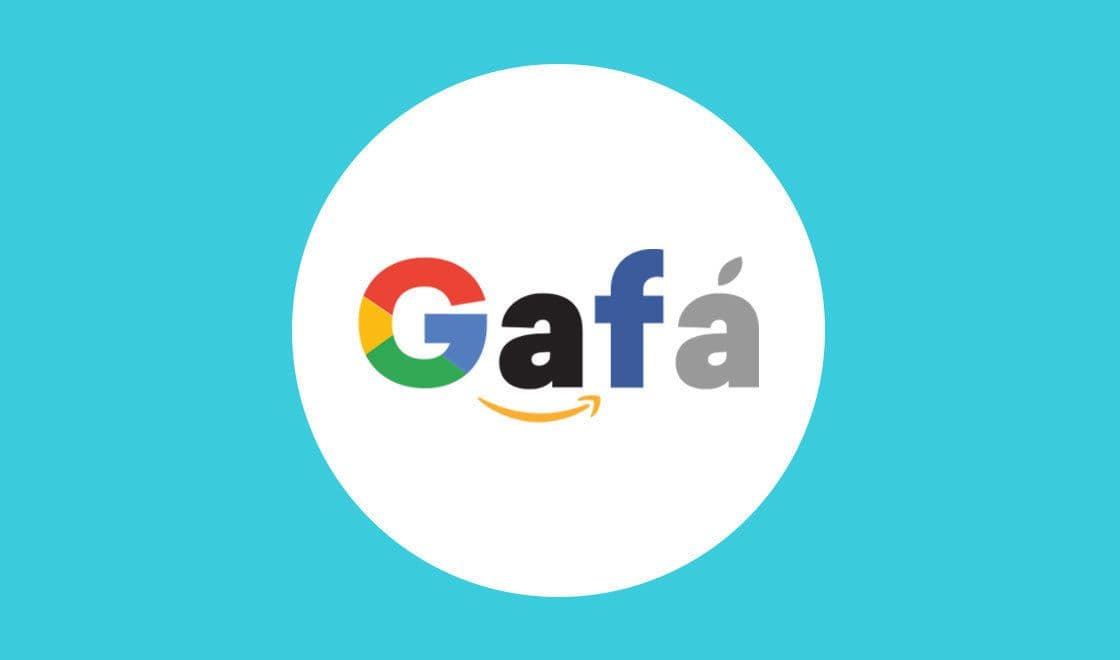

Todd Grennan
Content Production Principal, Content Marketing at BrazeThe technology landscape is… in a strange spot.
After a decade of meteoric growth, global smartphone shipments hit a plateau in 2017, triggering worries about reduced future growth in that sector and shifting attention from the sheer number of smartphone users out there to the ways that those users were engaging on those devices.
At the same time, full enforcement of the European Union’s General Data Protection Regulation (GDPR) and the still-unfolding scandal around Cambridge Analytica’s use of Facebook data to influence elections in the U.S. and U.K., is changing how brands and consumers think about personal data and how it’s used. In her much-anticipated annual presentation, Kleiner Perkins’ Mary Meeker argued that we’re in the midst of a Privacy Paradox, where brands find themselves needing to use more data to enrich customer experiences at the same time that access to data is becoming more fraught and complicated. (It’s already starting to happen—a recent study found that only 43% of EU retailers’ customer data is still usable post-GDPR.)
So when this spring’s annual developer conferences rolled around, the tech giants who make up GAFA (that is, Google, Apple, Facebook, and Amazon) found themselves in an unfamiliar position, namely reacting to major shifts that that they didn’t intentionally cause and may not be able to fully control. How did they respond? Very carefully.
Full enforcement of the European Union’s General Data Protection Regulation (GDPR) and the still-unfolding scandal around Cambridge Analytica’s use of Facebook data ... is changing how brands and consumers think about personal data and how it’s used.
Doubling Down on Richer, More Responsive Experiences
The major spring GAFA developer conferences—F8 (Facebook), Google I/O (Google), and WWDC (Apple)—have traditionally doubled as key opportunities for brands and agencies to get a sneak peek at the latest and greatest tools for customer engagement. Alexa notifications. Accelerated Mobile Pages and Progressive Web Apps. Rich push (heck, push notifications, for that matter!). While this year’s innovations weren’t as showy as in the past, they demonstrated a clear path forward, one focused more on technology’s optimal use by consumers, instead of on ever-rising usage levels.

At Google I/O, we saw a focus on frictionless customer experiences that spanned platforms and devices. Android P, expected to be released this fall, includes support for “Slices,” which makes it possible for sections of an app to be hosted within another app or digital experience, and “App Actions,” which allows brands to offer up their apps for Android-powered contextual suggestions (for instance, pulling up a food delivery app when you search for “thai food” on your Android device). This version of Android will also expand users’ ability to interact with and respond to push notifications from third-party apps, automatically suppress notifications from apps where a given user had frequently dismissed previous outreach, and suggest specific in-app actions based on previous engagement patterns.
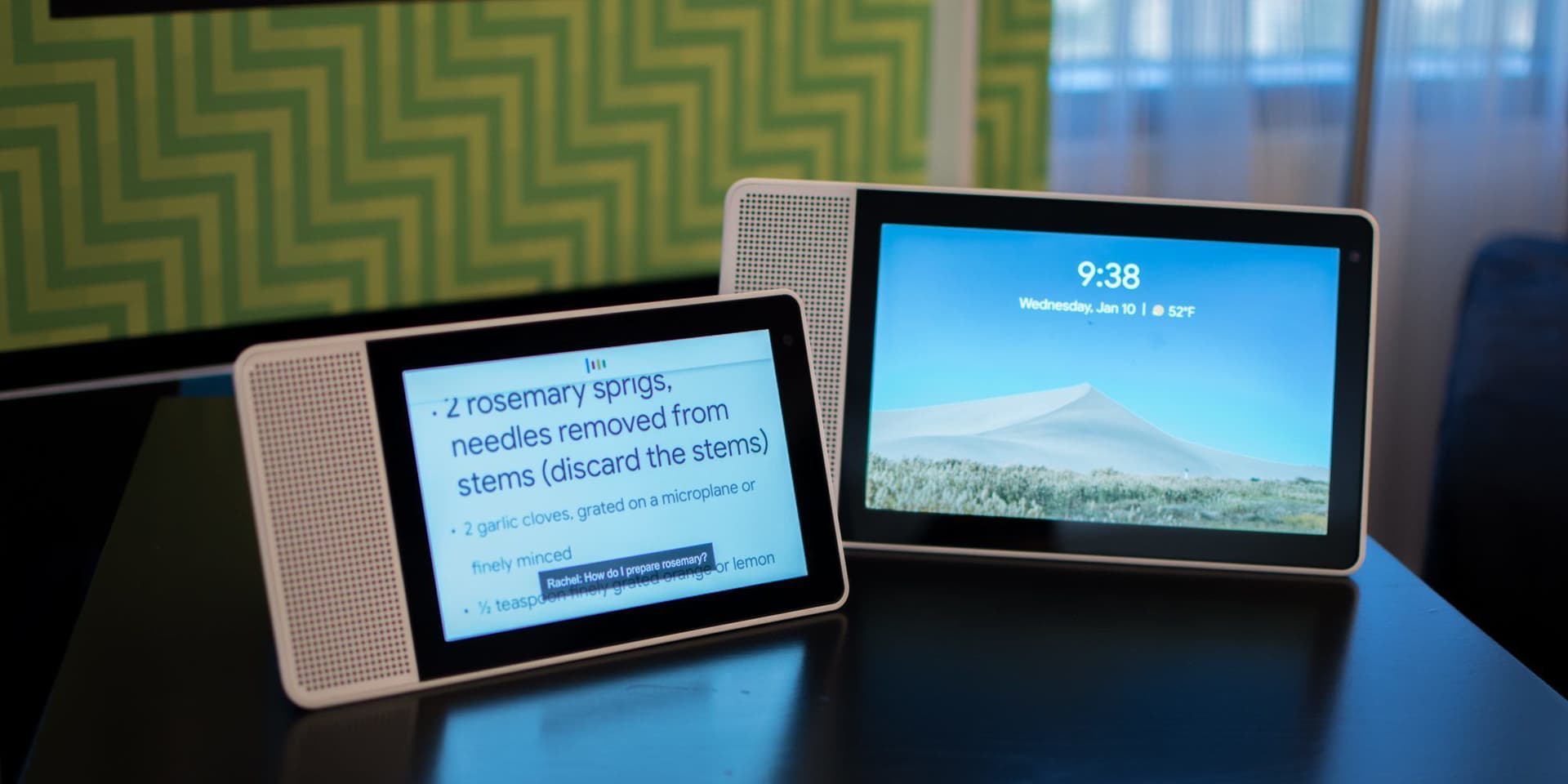
Google also announced that new smart screens that are compatible with its Google Home smart speaker will ship this summer, kicking off a significant evolution in the space. Some experiences (think playing music) work better with voice commands, some make more sense with screens (think calling up a viral video), and others (like getting directions) should ideally be able to move seamlessly between the two mediums. As Google adds screen support to its smart speakers and Alexa, Google Assistant, and Siri feature increasingly integrating with screen-having devices like phones, tablets, laptops, and smart TVs, we’re seeing a blurring of the lines between devices in support of better, more frictionless experiences.
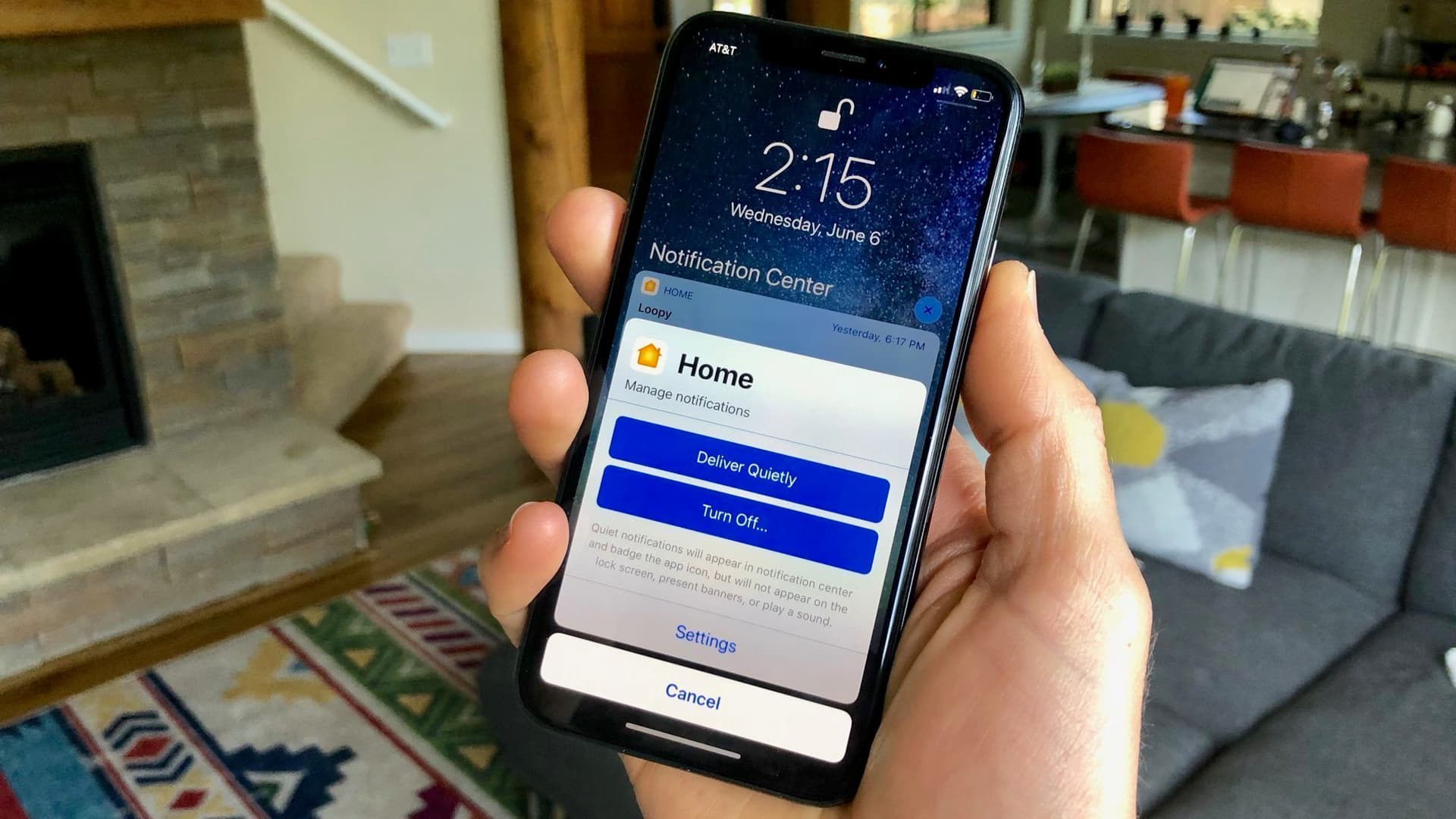
Beyond Google, iOS 12, the latest version of Apple’s iOS mobile operating system, gave users more control over their notification experience by adding support for grouped notifications and making it possible to opt-out of notifications (or set notifications to “quiet”) from specific apps right from the lock screen—mirroring existing functionality on Android. iOS 12 also includes the ability to integrate a push prompt into the first notification send to a new user, making it easier for consumers to understand the value of receiving messages from a given brand. Separately, Facebook announced new integrations that will make it easier for users to share content from Spotify and other platforms to their Instagram and Facebook stories.
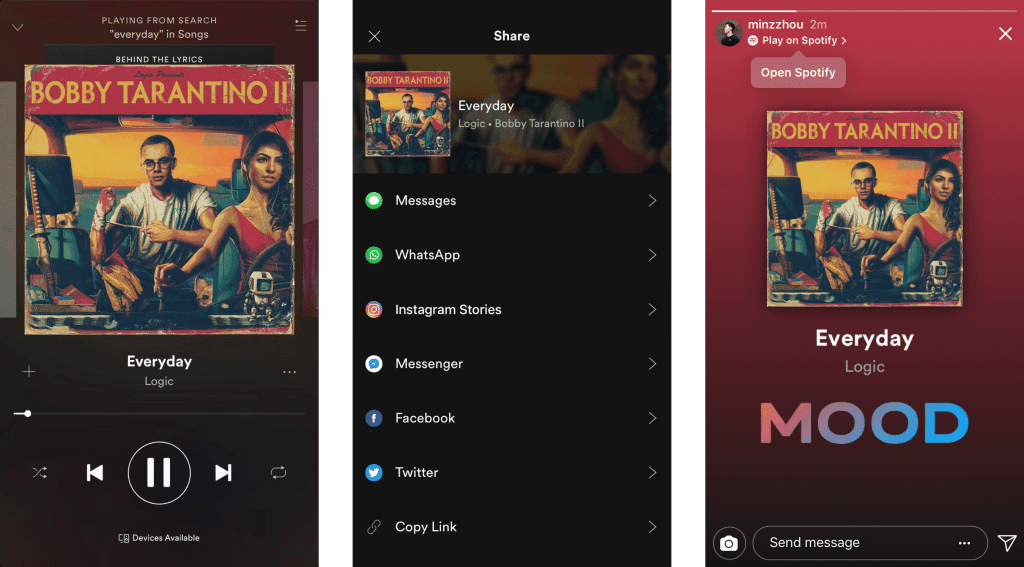
The throughline? A focus on supporting more customizable and personalized user experiences across a variety of interfaces—think voice, think touch—and devices.
A New Focus on Data Privacy and Security
In a post-GDPR, post-Cambridge Analytica world, Mary Meeker’s Privacy Paradox is changing the way companies think and treat customer data. “It’s increasingly likely that brands’ ability to hoover up endlessly huge quantities of data will go away in the coming years,” Kevin Wang, Braze VP of Product, says. “As a result, it’s going to be even more essential to gather and protect the customer data you do have access to in a thoughtful, deliberate way.” And, sure enough, we saw this realization playing out across the GAFA spectrum.
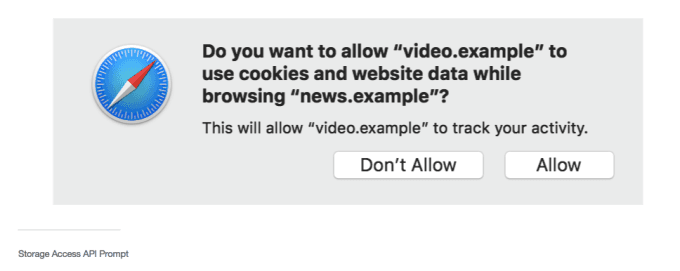
At Google, a new emphasis on privacy showed through when it came to Android P. In particular, the updated OS will institute a new functionality that blocks access to a given phone’s microphone, camera, and other non-GPS sensors to apps that are closed or in the background under most circumstances. (When that data IS being collected in the background, Android P will show a persistent notification telling users that.) Apple, for its part, announced an expansion of Safari’s Intelligent Tracking Prevention that will block consumer data tracking in connection with web comment fields, and “share” and “like” buttons unless users specifically agree to opt in. The update also limits so-called “fingerprinting” used to pinpoint what device is being used to access a given website, and establishes additional protections safeguarding user contacts, photos, calendar information, and reminders from unauthorized data collection.
JOMO Replaces FOMO: Apple and Google Embrace Digital Wellbeing
After years of providing brands with tools to drive higher engagement on mobile, both Apple and Google took a look in the mirror this year and reconsidered.
In his keynote address at Google I/O, Google CEO Sundar Pichai expressed concern about the extent to which today’s consumers feel overwhelmed by the information flow that mobile technology makes possible and announced a new digital wellbeing initiative designed to help people better understand how they’re engaging on their devices and support more mindful interactions with technology.
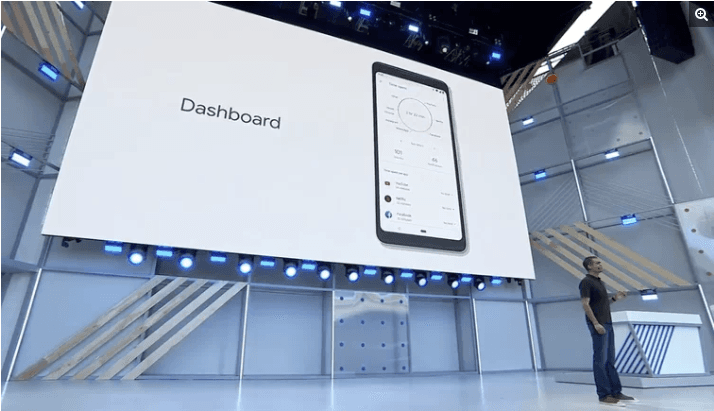
With Android P, users will be able to use the Android Dashboard to get nuanced information about how (and how often) they’re using different apps and features, and to easily set engagement limits for themselves and their children; in addition, Android’s Do Not Disturb mode will nudge users to take breaks from using their phones (particularly during late night hours), including through the use of a new grayscale mode. Not to be outdone, Apple announced Screen Time—which will give users a weekly activity summary of their phone usage and let them set limits on overall usage, as well as for specific apps. Additionally, iOS 12 will automatically hold onto notifications that are delivered after a given user goes to bed... and then show them when they wake up.
Together, these changes represent significant new limits to brands looking to engage with their customers—and powerful new tools for consumers looking to take control of their digital experiences.
Where Does All This Leave Us?
Put together, these changes are significant ones.
Both Android P and iOS 12 continue the ongoing trend toward more frictionless, cohesive brand experiences that can support strong customer relationships… but also raise the stakes for marketers by nudging consumers to EXPECT all brand experiences to move seamlessly across channels, platforms, and devices.
To effectively meet that challenge, brands need to have access to nuanced customer information—and the ability to move that information between different systems and to act on it in coordinated ways. But they also have to do all that while respecting new data privacy regulations and consumer expectations and navigating the new challenges related to Google and Apple’s new digital wellbeing initiatives.
To get there, brands need to double down on creativity. That means looking beyond creative executions, messaging, and content, and embracing truly creative cross-team collaboration, problem-solving, and approaches to the use of technology to thread the needle when it comes to providing the sorts of personalized, relevant, experiences that consumers crave—right when they crave them.
What does that look like?
- Focusing on smart data collection and live customer profiles that can give you the confidence you need to make full use of the audience data at your disposal while respecting GDPR and your customers’ wishes
- Taking advantage of that data effectively using thoughtful, highly relevant personalized messaging to provide valuable, responsive brand experiences to every customer—including in-the-moment customization supported by dynamic content
- Take a page from the tech giants’ book and lean into the benefits that AI can provide by using send-time optimization to avoid your customers’ Do Not Disturb periods and ensure that you’re reaching them when they’re primed to engage.
Both Android P and iOS 12 continue the ongoing trend toward more frictionless, cohesive brand experiences that can support strong customer relationships… but also raise the stakes for marketers by nudging consumers to EXPECT all brand experiences to move seamlessly across channels, platforms, and devices.
Be Absolutely Engaging.™
Sign up for regular updates from Braze.
Related Content
View the Blog
How behavioral marketing turns data into personalized experiences

Team Braze
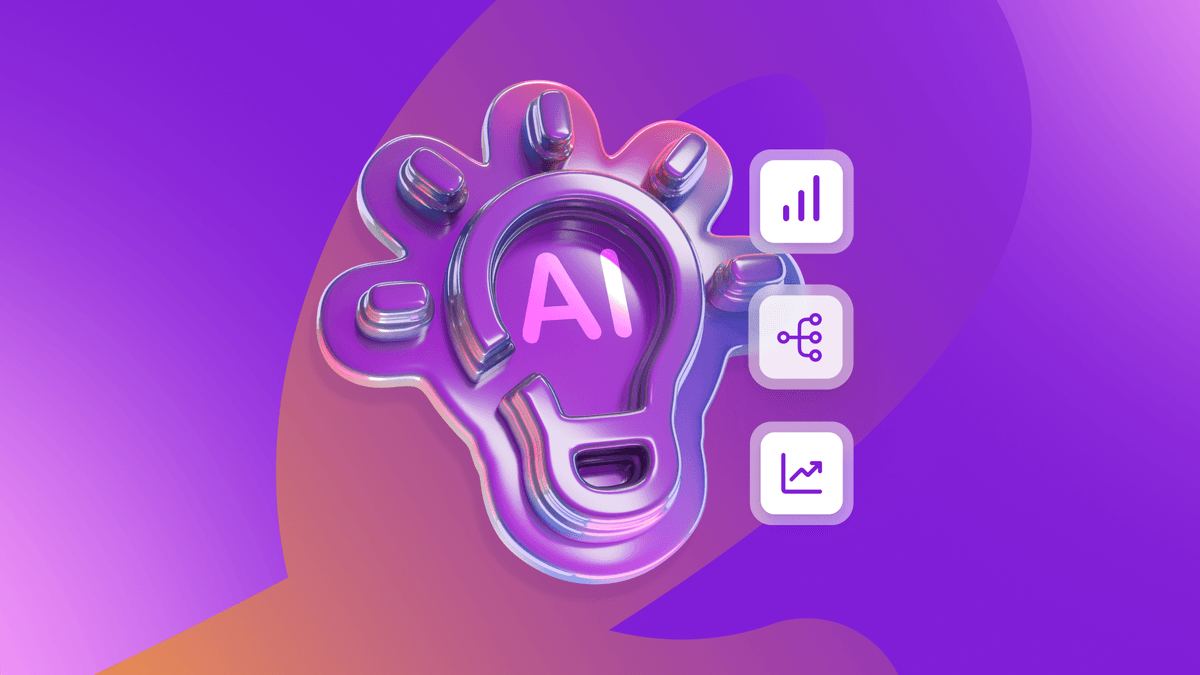
Enterprise generative AI: Transforming data, decisions, and customer experiences

Team Braze
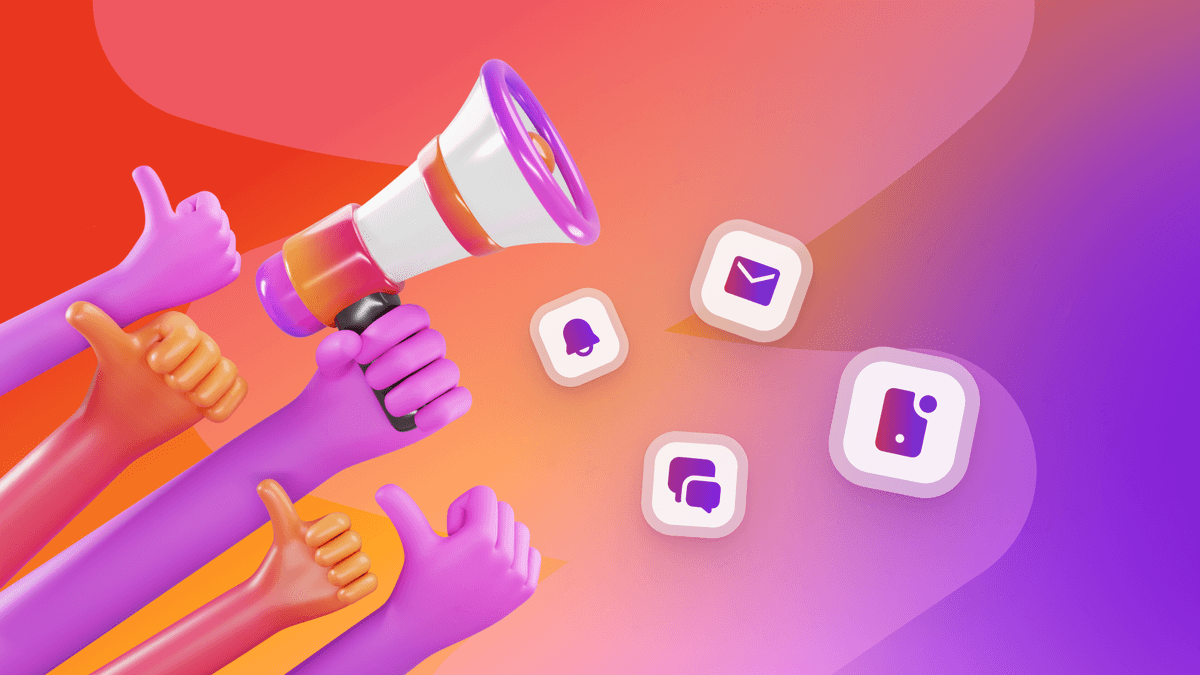
Omnichannel personalization: Delivering consistent, connected customer experiences
